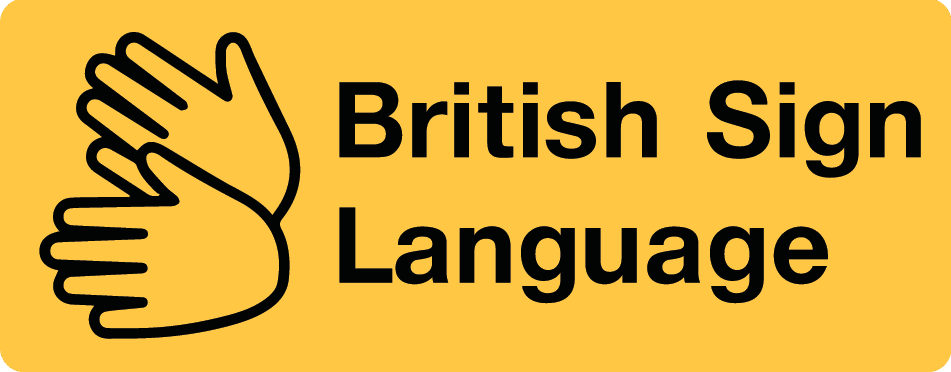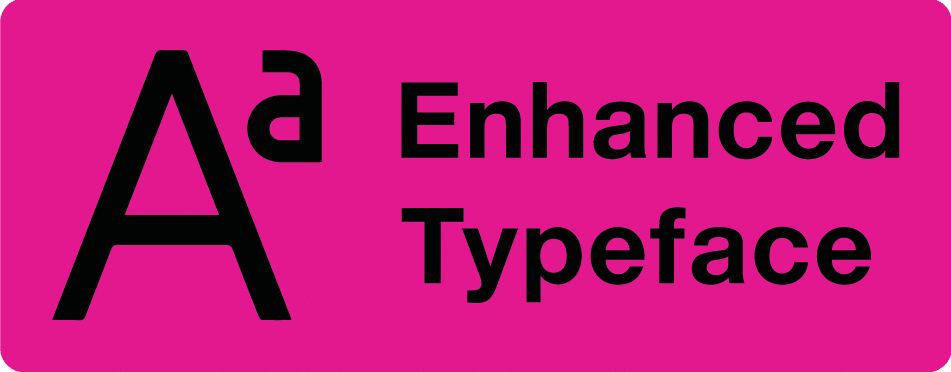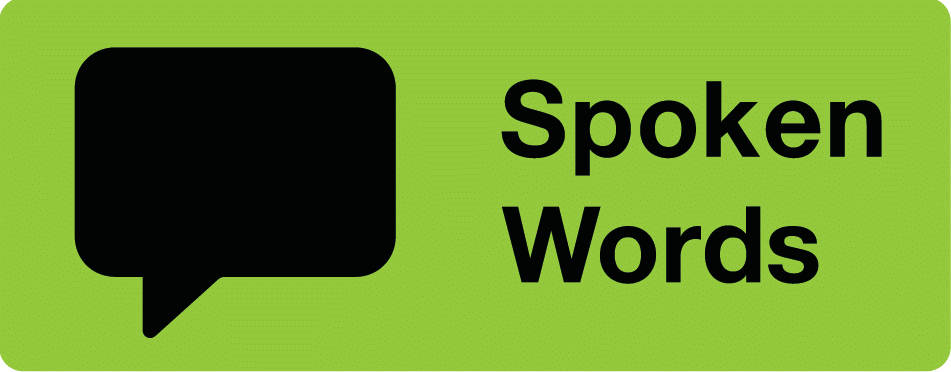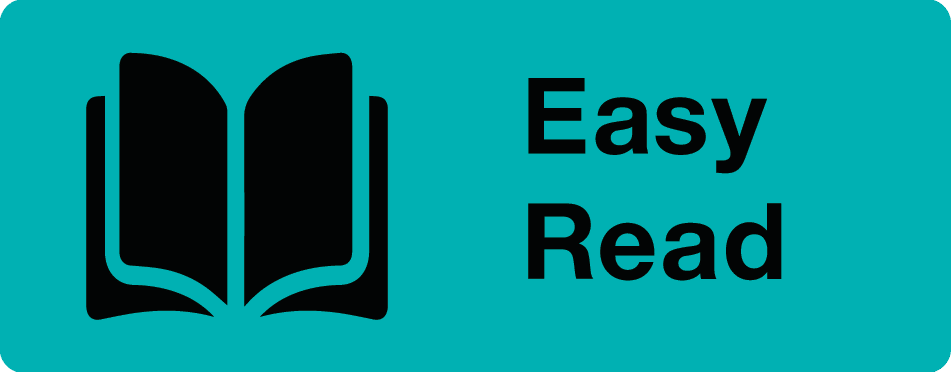AI is unlikely to completely replace sign language translators and interpreters but it has the potential to significantly impact the field, particularly where interpreters and translators are not available. Here’s a breakdown of why:
Strengths of Human Interpreters:
- Nuance and Accuracy: Human translators and interpreters excel at capturing the subtleties of sign language, including cultural context. This helps in conveying the full meaning and intent of a conversation, especially in complex or idiomatic expressions.
- Adaptability and Fluency: Human translators and interpreters can adapt their signing style to different situations, audiences, and even regional variations in sign language. They can handle unexpected situations with greater ease and fluency compared to AI models.
- Professionalism and Ethics: Qualified human translators and interpreters adhere to a strict code of ethics, ensuring confidentiality, impartiality, and professionalism during translation. This is essential for sensitive situations such as legal proceedings.
Limitations of AI Sign Language Translation:
- Accuracy and Fluency: AI models may struggle with complexities like sarcasm, slang, and regional variations in sign language.
- Limited Context Understanding: AI may struggle to understand the full context of a conversation, which can lead to misunderstanding. Human translators and interpreters can use their background knowledge, reasoning skills, and emotional intelligence to bridge these gaps.
- Emotional Nuances: Sign language heavily relies on facial expressions and body language to convey emotions, which can be challenging for AI to capture accurately.
The Future of AI and Sign Language Interpretation:
- Collaboration: AI sign language translation, such as the Access to Words Triple A Always Accurate Assurance, can be a supplementary tool for human translators and interpreters, rather than a complete replacement.
- Tranlsation at Web Scale: Sign language translations can be created at a scale with AI that can never be achieved by humans, and can offer consistent, reliable, professional translation.
- On-Demand Translation: AI sign language translators have the potential to increase accessibility in remote communication, educational settings, or public announcements where human interpreters might not be readily available or affordable.
AI sign language translation is a promising technology that is already improving accessibility and efficiency in many communication settings. However, the irreplaceable skills and expertise of human interpreters will likely remain essential for ensuring accurate, nuanced communication, especially in complex or sensitive situations.




